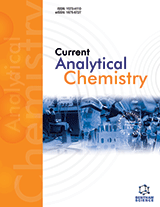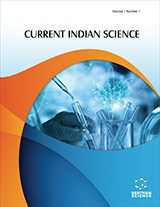Abstract
Semiconductor quantum dots (QDs) hold immense promise as versatile fluorescent probes in biological staining and diagnostics. Compared with their organic dyes counterparts, the ideal optical properties of QDs (e.g., high photobleaching threshold, characteristic narrow and symmetric fluorescent spectra, size-tunable emission and simultaneous excitation) offer a possibility to tag biomolecules in ultra-sensitive biological detection. These unique photophysical characteristics of QDs also promote the invention of using QD-tagged microbeads as fluorescent probes for biological applications including multiplexed bioassays, high-throughput screening and combinatorial chemistry. This mini-review describes briefly some background knowledge about QDs, the synthesis of monodispersion polymeric and silica microbeads, the preparation and some of the biological applications of QD-tagged microbeads. Other concepts related to QD-tagged microbeads are discussed.
Keywords: Quantum dots, Microbead, Multiplexed assay, High-throughput screening, Microbead-based library















